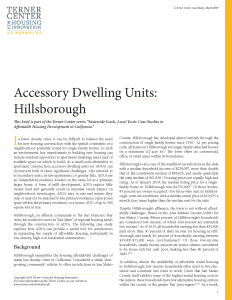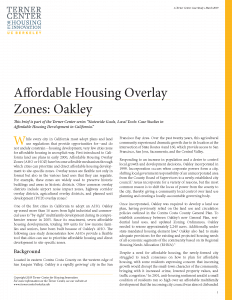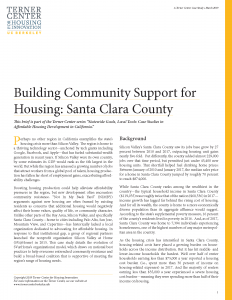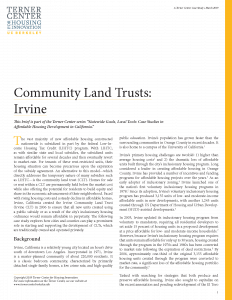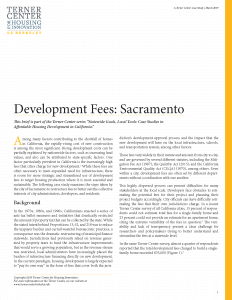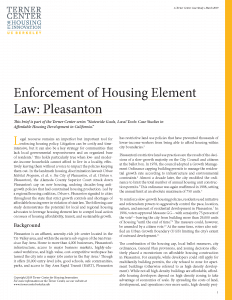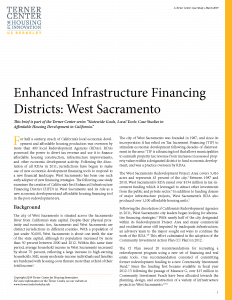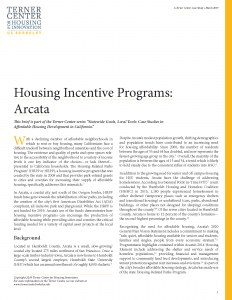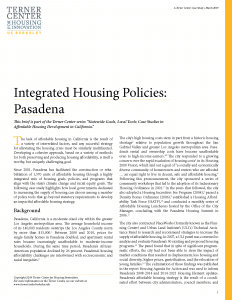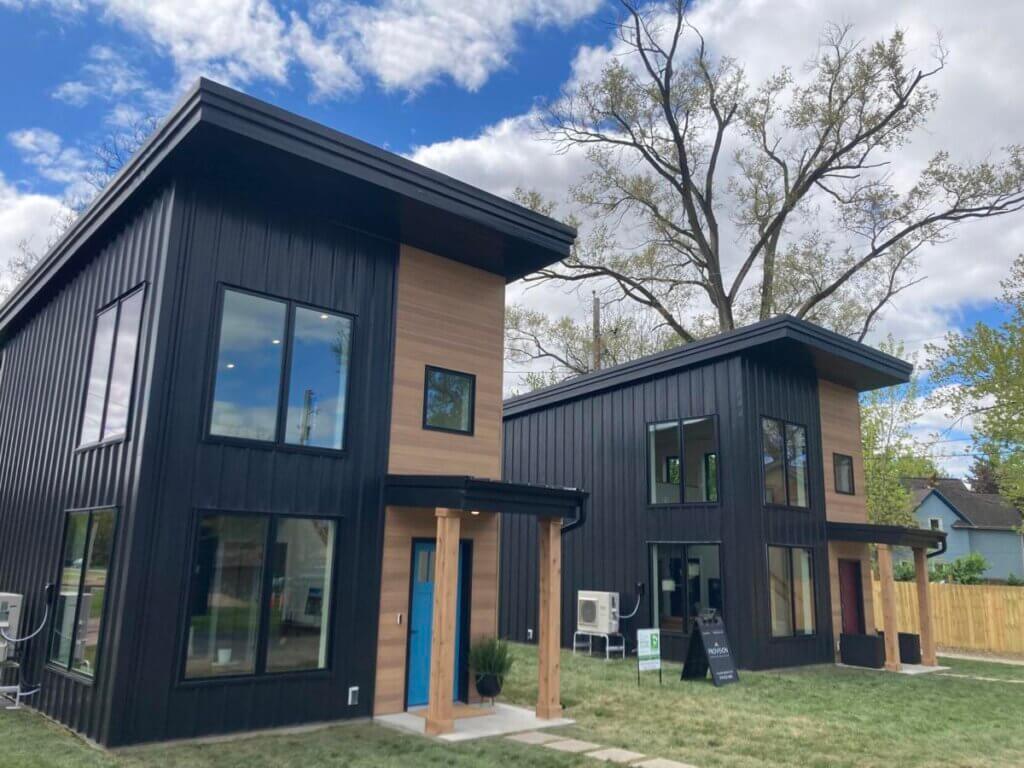Statewide Goals, Local Tools: Case Studies in Affordable Housing Development in California
Published On April 18, 2019
Cities have an important role to play in addressing California’s affordable housing shortage, and local policies such as community land trusts, reforming impact fees, and reducing barriers to multi-family housing production can all make a significant difference. Made possible by the support of California’s Department of Housing and Community Development, the Terner Center has conducted a series of case studies to explore how action at the local level can help to address the state’s housing shortfall.
Case Studies
Accessory Dwelling Units: Hillsborough
Affordable Housing Overlay Zones: Oakley
Building Community Support for Housing: Santa Clara County
Enforcement of Housing Element Law: Pleasanton
Enhanced Infrastructure Financing Districts: West Sacramento
Housing Incentive Programs: Arcata
Integrated Housing Policies: Pasadena
Transit-Oriented Communities: Los Angeles
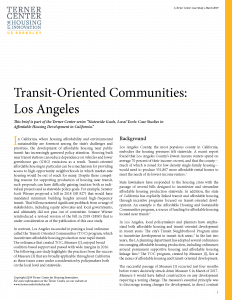
Case Studies in Affordable Housing Development in California
Households across the country are increasingly burdened by rising rents. This has been a particular hardship for residents of California, where weakening state and federal funding has been compounded by a statewide shortfall in housing production, most notably for lower-income, and increasingly, for moderate-income households.
California has ambitious affordable housing goals with multiple objectives including: expanding the supply of housing, ensuring access to opportunity-rich neighborhoods, and reducing greenhouse gas emissions by encouraging housing development near transit. Yet housing development is a local decision, often shaped or stymied by restrictive land use and zoning, as well as historic development patterns and broader policy and economic conditions. While the state-mandated Housing Element tasks jurisdictions with addressing their unmet housing needs, local decision-makers can use their authority to deny new developments and adopt land use restrictions–intentionally or unintentionally–that can make housing more difficult and costly to develop, the ramifications of which are felt regionally and statewide.
No single approach will suit every locality, but these case studies show that local governments and stakeholders are making the changes needed to address California’s housing challenges. These case studies serve as an instructive guide for those seeking ways to take action to make our state more livable, prosperous, and equitable.
Methods
Topic Selection
Jurisdictions in profiled as a part of this series possess the following characteristics. They are:
- Representative of a cross-section of jurisdictions throughout California
- Demonstrative of how local governments assist in, or impede housing production
- Responsive to housing needs for low- and moderate-income households
- Innovative in regulation, collaborative partnerships and funding
Investigative Techniques
Case studies were selected and researched using two investigative techniques:
- Secondary source review. Case study selection was informed by a survey of existing literature on California land use regulations and housing programs. In addition to traditional academic and governmental sources, this review included: land use publications and websites; popular journals; media archives; newspapers; business and economic journals; white papers and published reports. These sources offered data and analysis of statewide housing needs and the innovative solutions required to increase the supply of affordable housing.
- Stakeholder interviews. Housing experts in the private sector, academia, and various state and local agencies provided critical insights and advisement throughout the development of these case studies. These experts were involved in housing support, evaluation, and, assessment. The objective was to obtain information on key actors – developers, regulators and stakeholders – on the opportunities and constraints in increasing California’s housing supply.
More than 45 stakeholders were contacted for interviews, and of those, 18 participated. Stakeholders contacted included housing policy analysts at the Department of Housing and Community Development, city managers, planning directors, housing developers, affordable housing advocates and experts with knowledge of innovative land use regulations.
Acknowledgements
We would like to thank Liana Arnold and Echo Bergquist for their contributions to the research and authorship of these case studies, and to Sarah Mawhorter for her oversight of the case study research process. We’re deeply grateful to the California Department of Housing and Community Development for the funding that made this work possible, as well as for their guidance and insights on which policies and case studies to select. We would also like to thank all of the local officials and stakeholders who shared their knowledge and experience through the interviews documented in these case studies.


